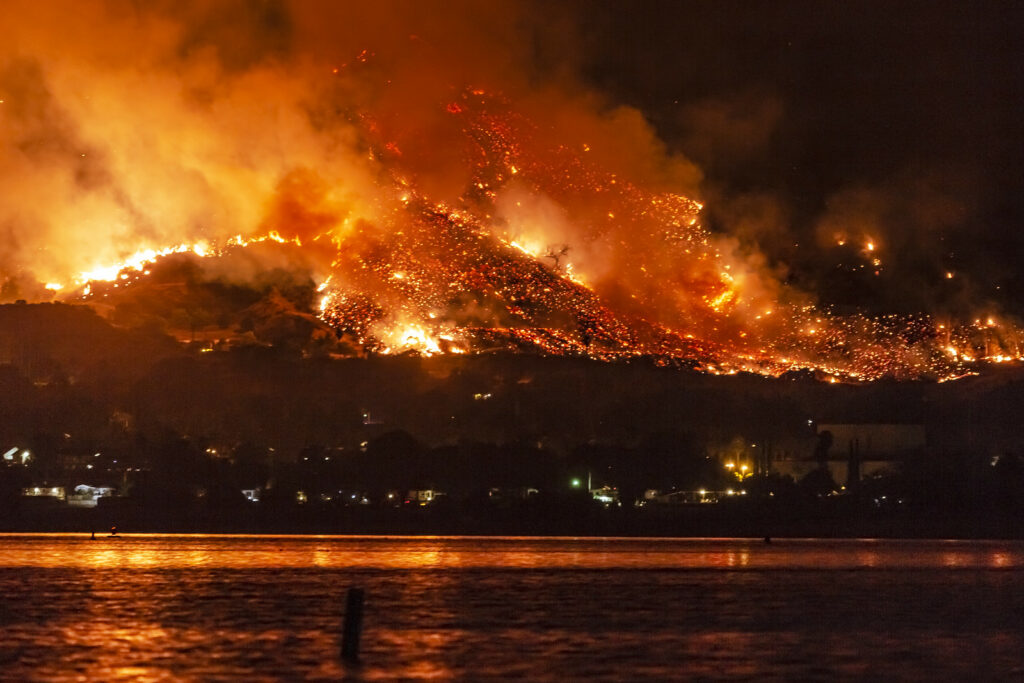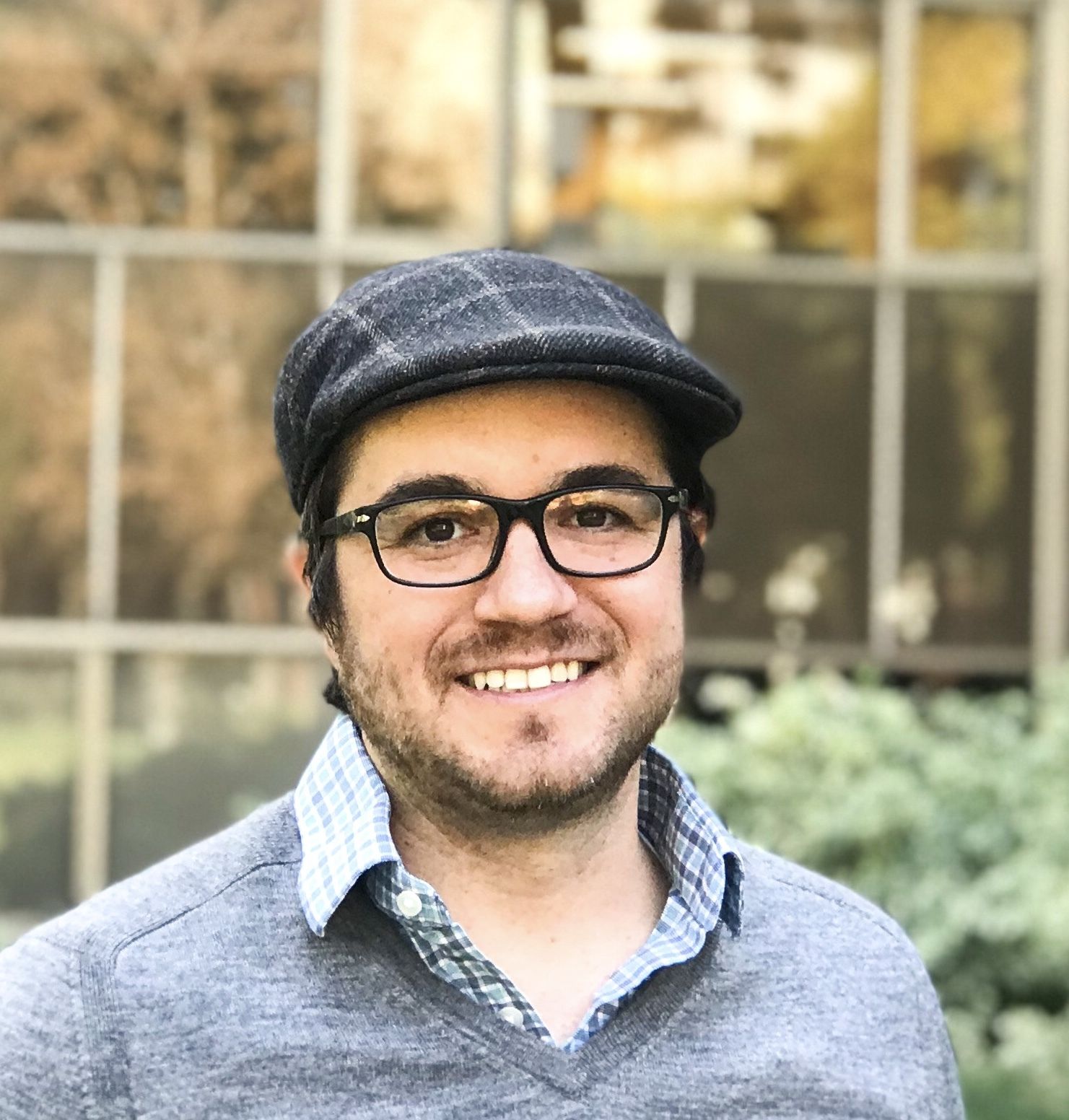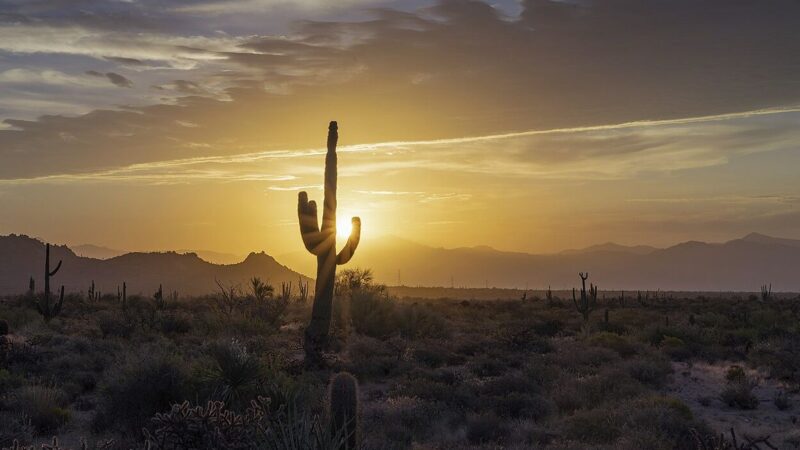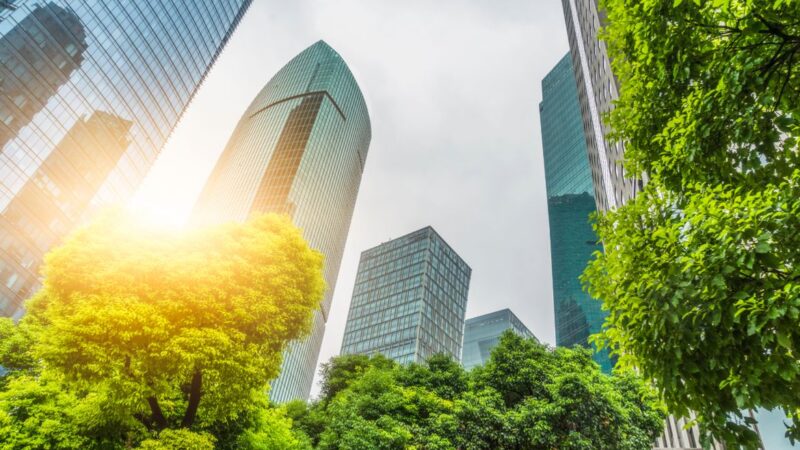
Even in Southern California, wildfire frequency is likely to increase by end of century
UCLA-led research forecasts an increase in the number of days with high risk for fire
California’s massive fire seasons the past two years are part of a trend that scientists have traced back for more than four decades. The area consumed each year by fires has increased significantly over that period — particularly in the Sierra Nevada and northern parts of the state.
Although Southern California has had its share of wildfires in that span, too, the region hasn’t experienced the same increase.
But that disparity between north and south is not likely to continue. The number of days per year with increased risk for more and larger wildfires in Southern California is projected to increase significantly through the end of the century, according to new UCLA-led research.
The study, which is published in the Nature journal Communications Earth & Environment, analyzes data dating to 1975. Researchers found no substantial increase in amount of area burned per year over the past 45 years.
“If you look at the whole state, there’s been a statistically significant upswing in area burned,” said UCLA climate scientist Glen MacDonald, co-author of the paper. “The northern coast and Sierra Nevada are driving that. In the central and south coast, there’s no significant trend toward increases in the annual amount of area burned.”
Under a scenario in which the average temperature in Southern California increases by almost 9 degrees Fahrenheit by 2100 — which would be likely if there is no significant reduction in greenhouse gas emissions — the study projects that the number of days with a high risk for fire would nearly double to about 58 days per year. Even under a more conservative scenario, in which people take stronger action to slow climate change and the region’s average temperature increases by about 5.4 degrees Fahrenheit, the number of high-risk days are expected to increase by an average of about 60% per year by the end of the century.
The researchers reached their conclusions in part by zooming in on low-resolution global climate models to predict regional conditions in more detail. They also examined which climatic factors correlate with large wildfires and looked at long-term projections for greenhouse gas emissions to see how those factors are likely to change over time.
The conditions that determine the likelihood and severity of wildfires are quite different in the southern part of the state compared with the north. In the south, for example, there are fewer lightning strikes, but the large population means that there are more human-based ignition sources that could potentially cause fires, and there are more people in harm’s way. And the north has more forested areas, where fires are often left to burn because there’s less significant danger to human life and property, while the south has more brushland, which is more likely to burn more frequently.
Longer fire seasons are likely
The researchers concluded that most of the additional high-risk days would come at the beginning and end of present-day fire season, meaning fire seasons would last longer than they do now, MacDonald said.
Although the amount of acres burned per year hasn’t increased in Southern California in over four decades, the region hasn’t been spared entirely. In recent years, the Thomas Fire of 2017 burned over 280,000 acres in Ventura and Santa Barbara counties, destroying more than 1,000 structures; and the 2018 Woolsey Fire in the Santa Susana and Santa Monica mountains consumed nearly 97,000 acres, destroying more than 1,600 structures, killing three people and prompting the evacuation of nearly 295,000.
The Woolsey Fire affected MacDonald personally, as he was evacuated from his home in Thousand Oaks. His house survived, but others nearby burned completely.
“I look at our data and think, ‘The probability of having one of those big fire events is increasing year by year as we dump more carbon dioxide into the environment,’” MacDonald said. “That’s not theoretical; that’s stressing me out in the autumn and the early winter.”
After observing the news coming out of November’s COP26 global climate summit, MacDonald said the event didn’t inspire confidence that sufficient action will be taken to slow climate change globally.
“I don’t think we can step back and wait for COP26 to save us, because it’s not going to,” he said.
Instead, regionally and locally tailored responses — guided by research like the new UCLA-led study — will be required to reduce the risk for wildfires and mitigate the other devastating outcomes of climate change.
Although the risk for wildfires in California will grow for the next several decades whether climate change continues along its current trajectory or along a slightly more optimistic model, cutting emissions as soon as possible remains critical, said lead author Chunyu Dong, who conducted research for the study while at UCLA, supported by a grant from UCLA’s Sustainable LA Grand Challenge.
“Carbon dioxide can stay in the environment for a long time,” said Dong, who is now an associate professor at the Center for Water Resources and Environment at Sun Yat-sen University in China. “It will be too late when Southern California is struggling to battle with the endless fires.”




